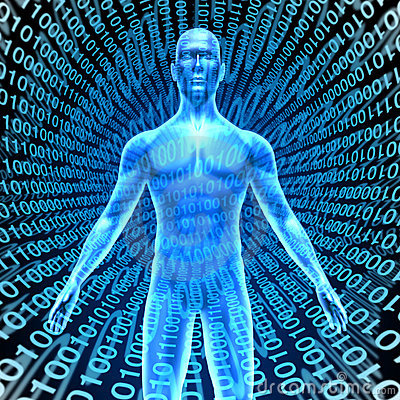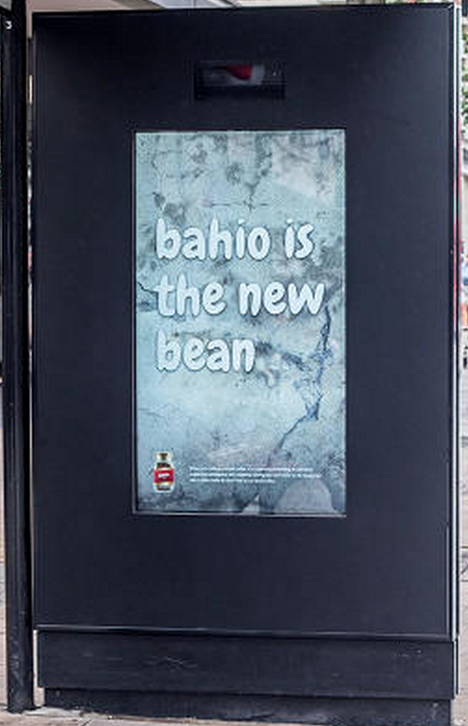Now and Next: Artificial Intelligence
by on 7th Sep 2015 in News

Now & Next is a new feature from ExchangeWire Research. In Now & Next, we review the latest research, provide impartial insight and analysis of current trends and provide predictions for the future of advertising and marketing technology. This feature focuses on Artificial Intelligence.
25% of jobs to be transformed by Artificial Intelligence
In the US, 16% of jobs that are currently carried out by a human are set to be replaced by robots and cognitive computers within the next decade, according to a 2015 report by Forrester. Cognitive computers integrate Artificial Intelligence (AI) with machine learning algorithms in a bid to mimic the human brain. Over 25% of jobs are predicted to change with the introduction of AI systems, most notably the role of doctors and nurses.
Globally, spend on AI has grown from USD$1.7bn in 2010 to USD$14.9bn in 2014, with 50% year-on-year growth predicted in 2015, according to AI company Quid. In 2014 Google, Microsoft, IBM, and Pinterest all acquired AI companies, with spend on AI growing 62% year-on-year since 2010, according to Wired.
Data science, an integral constituent of AI has been taking the marketing world by storm with the introduction of a number of full-stack DMP solutions; although these provide marketers with a vast data output their outputs are accessible to only a few within a company. AI systems used alongside DMPs will provide marketers with ‘data intelligence’, providing an output accessible to employees without a data science background.
Deep learning the future of marketing?
Deep learning aims to mimic the brain’s neuronal firing pattern on computers through the use of billions of interconnected algorithms, with the strength of the links between algorithms in a constant change of flux, depending on user interaction patterns.
IBM’s Watson is a leading deep learning system, unlike traditional data analytics tools, Watson can collate millions of seemingly unrelated data sets; tracking an individual’s activity without having access to their social media accounts. Computers have been found to be a more reliable judge of personality web based information (r = 0.56), than an individual's close family and friends (r = 0.49), according to research by Youyou, Kosinski & Stillwell (2014).
WayBlazer, uses Watson as a platform to deliver highly personalised travel marketing, tailoring both real time information and location based offers to consumers. Virtual personal shopping assistants, could change the path to purchase for consumers.
IBM are currently developing an augmented reality shopping app. The app will allow consumers to set parameters for the products they are looking for, with the app then able to provide consumers with real time personalised offers and a ranking of products in store.
The evolution of the sentient virtual personal assistant
Google launched its knowledge graph in 2012, to stimulate and aggregate deep learning within its network, with the eventual aim of integrating this with Google Now to provide users with a sentient virtual personal assistant (VPA). As users of Siri and Cortana are aware the current voice recognition capabilities of these VPAs requires users to distend their voice to gain a response, with current VPAs functionality highly limited.
In the future VPAs will develop a growing sentience, allowing them to increasingly tailor results and information to the individual. For consumers this will mean that search results will change from hundreds of pages of results to a concise summary of all results.
For marketers, sentient VPAs will bring a change in the way advertising is delivered, with the prediction that it will lead to native based ads, with biddable ad models based on AI algorithms according to PHD’s ‘Sentience: The coming AI Revolution and the Implications for marketing.’ If algorithmically based bidding takes hold, marketers will optimise to the machine rather than the human consumer.
Computer generated copy for ads
In 2014, computer generated copy company Automated Insights generated 1bn pieces of computer generated content, up from .35bn in 2013. Computer generated content uses algorithms to create content that combines the best scientifically proven combination of words, with a narrative that appears to be written by a human.
Source: Forbes Report: excerpted on Galleycat
Consumers perceive content written by a computer to be more informative (26% vs. 19%) and trustworthy (26% vs. 21%) than content written by journalist, however consumers find human generated content more pleasant to read (29% vs. 19%) and coherent (25% vs. 22%), according to Clerwall (2014). Persado, provides brands with artificially generated byline content, using scientifically proven combinations of words to maximise email opens, with one campaign seeing a 717% response uplift.
M&C Saatchi, Clear Channel and Posterscope created the first AI generated advert in July 2015. The advert was generated based on a genetic algorithm based on various features of the advert (copy, layout, font & image). A Microsoft
Source: Fastcocreate.com
Kinect based above the ad then followed consumer engagement with the ad; elements of the ad that elicited a positive reaction were kept for future versions of the ad, whilst elements that generated a negative reaction were taken out of the ad.
Glen Wilson, managing director Posterscope commented: ‘This pioneering campaign demonstrates what the evolving capabilities and unique agility of the digital out-of-home medium can offer advertisers. DOOH campaigns can already tweak creative as they go, using real-time technologies that adapt based on factors like temperature, weather, travel info, location and time of day. However, this experiment goes one step further, evolving beyond a pure reliance on environmental factors to add emotional engagement as a measurable trigger, to ensure campaigns achieve maximum relevance.’
Artificial intelligence driving customer engagement
In 2013, BMW launched the first AI based mobile customer engagement tool. The tool named iGenius allows consumers to interact in a real time question and answer format, with an average response time of 1.2 seconds. At peak times, iGenius receives 250 messages a second, allowing consumers to gain detailed information about the BMW’s electric car offerings without having to visit to a showroom. Chris Brownridge, marketing director BMW group, commented ‘BMW iGenius is capable of understanding each question and responding accurately every time just as if you were talking to an expert from the company.’
What does the future of Artificial Intelligence look like?
As deep learning systems continue to collect vast swathes of data, marketers will be able to plug in their own 1st party data and integrate it with AI to provide output accessible to everyone in the company.
Sentient VPAs will change the way in which ads are presented to users, with ads being targeted to users in a native setting within their VPA. For marketers this inventory will be purchased through a biddable exchange, akin to those currently used for programmatic. Due to the vast knowledge system that AI incorporates, marketers will be able to bid on ads based on highly sophisticated user profiles, which will lead to less ads being seen, but an increased likelihood of purchase.
The volume of computer generated content will increase with marketers using this within campaigns and adverts to guarantee the maximum return on their ad spend. This won’t mean the disappearance of creative from campaigns, rather a hybrid which incorporates the best of creative with an AI structured narrative to encourage high customer engagement levels.
AdvertiserAnalyticsDataDisplayExchangeWire ResearchIoTPerformanceTargeting










Follow ExchangeWire